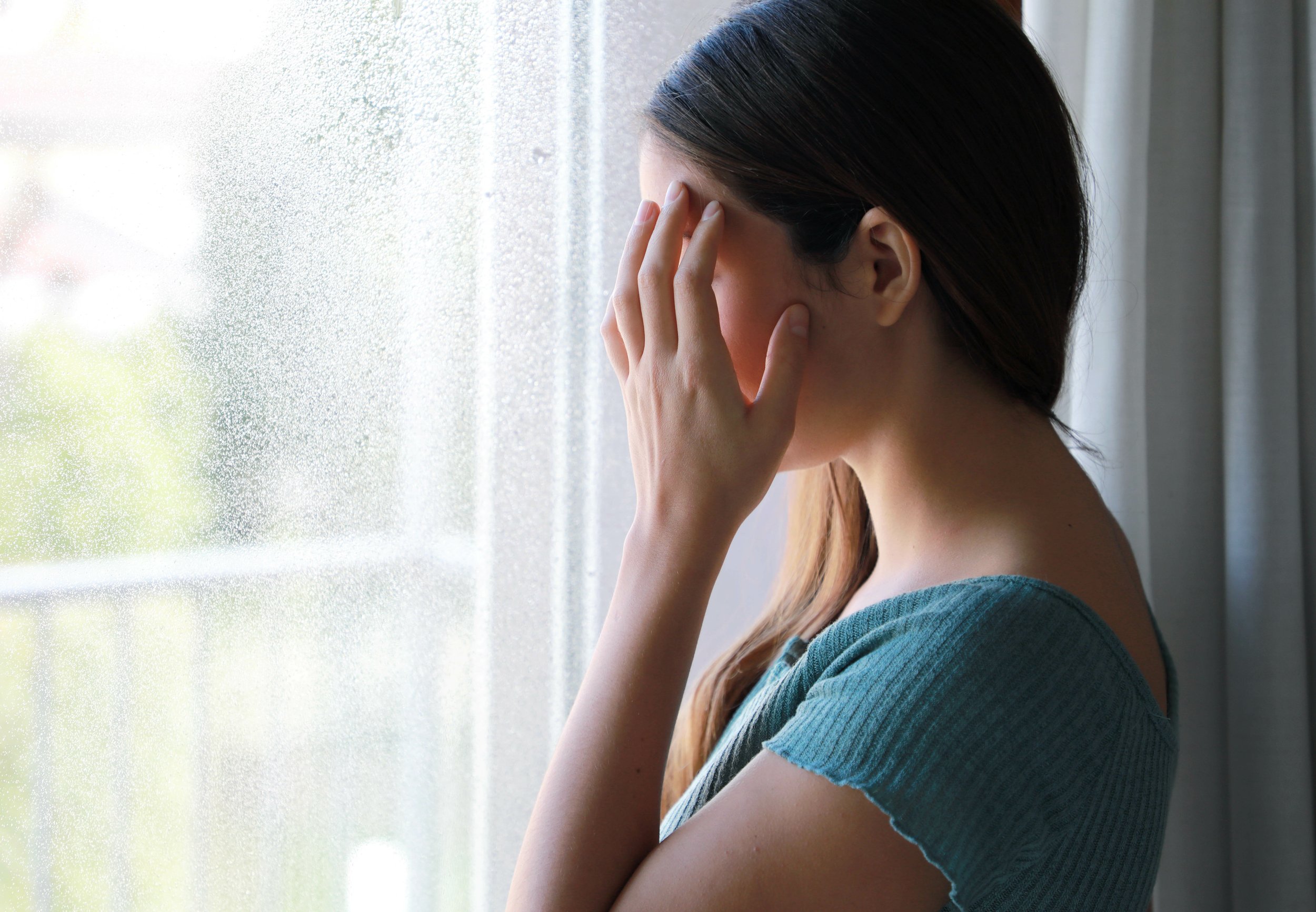If you live in Montana, you have probably experienced some kind of shift in mood related to the weather. As we embrace summer and revel in over 7 hours of additional daylight, thoughts of the winter blues may be fading into a distant memory. Yet, the impact of seasonal affective disorder (SAD) or the milder winter blues extends far beyond the cold months. And addressing these issues during the summer can be crucial for maintaining stable mental health year-round.
What is Seasonal Affective Disorder (SAD)?
Seasonal Affective Disorder is a type of depression that typically begins and ends around the same time each year. Most commonly, SAD occurs during fall and winter months when daylight hours decrease. Symptoms can include low energy, oversleeping, changes in appetite, and feelings of hopelessness or sadness. While less common, some people experience SAD during the spring or early summer. Even if you don't meet the full criteria for SAD, you may experience some of these symptoms, especially if you live in a northern state. Addressing any of these symptoms early can be preventative and beneficial to your overall health.
Why Care About SAD in Summer?
● Recognizing Symptoms: If you experience the typical pattern of SAD symptoms Increasing during the colder months, summer is an excellent time to reflect on any
potential symptoms of SAD that may have been overlooked during previous winters. Increased energy levels and sunlight exposure boosting your mood can make it easier to identify patterns of mood changes and other symptoms.
● Preparation for the Future: Understanding and addressing SAD during summer can help individuals prepare for its onset in the colder months. By identifying and implementing a solid plan before the first snowfall hits, individuals can minimize the impact it has on their day-to-day functioning.
● Effective Coping Strategies: Summer offers opportunities to experiment with coping strategies and routines that can be beneficial when SAD symptoms emerge. Techniques such as regular exercise, exposure to natural sunlight, maintaining social connections, engaging in various hobbies, and practicing mindfulness can all contribute to better mental well-being year round.
● Breaking the Stigma: Mental health deserves continuous discussion and attention. By discussing SAD during the summer, we reinforce the importance of mental health care throughout the year. This proactive approach encourages open conversations and reduces stigma associated with depression and related disorders.
What Can I Do Now?
● Physical Activity: Physical exercise can boost endorphin levels and alleviate symptoms of depression. Start now and explore activities that you enjoy and/or have always wanted to try. Book that yoga class, explore a new park, or try out a new video to follow along. Get into a routine now, get creative, and have fun!
● Sunlight Exposure: Spend time outdoors during daylight hours, especially in the morning. Natural sunlight helps regulate mood and improve sleep patterns. Consider how your routines might evolve during winter months with fewer daylight hours, and explore adjustments like transitioning from morning coffee outdoors in summer to enjoying lunch outside during cooler months.
● Social Connections: Cultivate connections with friends and loved ones. Social support is crucial for mental health and can provide a sense of belonging. This can be particularly helpful when your mood is low.
● Yearly Check-Ups: Regular check-ups with your doctor ensure early detection of potential health issues and allow for timely interventions, promoting overall well-being.
These visits also provide an opportunity to discuss preventive care measures tailored to your specific health needs and lifestyle. If you are concerned about SAD symptoms increasing during the winter, schedule your check-up now to discuss potential medications or supplements you can begin once the daylight starts to dwindle away.
● Professional Help: Seeking professional help now can be beneficial if you are worried you may be experiencing SAD. Therapy, medication, or a combination of both can effectively manage symptoms of SAD. Rather than waiting until your symptoms peak, establish a connection with a trained professional now to foster a supportive relationship and develop an effective plan of action.
Final Thoughts
While summer might seem an odd time to discuss winter blues, its significance lies in proactive mental health care. By understanding, preparing, and addressing SAD during the summer months, individuals can empower themselves to manage their mental well-being year-round. Let’s embrace the warmth of summer while keeping an eye on our mental health, ensuring a brighter future ahead.
Get Started Today with a Bozeman, MT Depression Therapist
If anxiety is affecting your daily life, reach out for professional help At Bridger Peaks Counseling. Our anxiety therapists are here to support you on your journey to better mental health. Together, we can create a plan to manage your anxiety and improve your quality of life.
Learn more about us and our approach.
Have your first anxiety therapy session and find relief!
Other Therapy Services We Offer in Bozeman, MT
Our team of caring counselors at Bridger Peaks Counseling is happy to provide a variety of mental health services. Our team is happy to offer services including addiction counseling, teen counseling, group therapy, rising strong workshops, and body image counseling. Furthermore, we provide depression treatment, trauma therapy, and online grief counseling. Along with EMDR, postpartum anxiety depression counseling, marriage counseling, and psychiatric care. Visit our blog or FAQ to learn more today!



